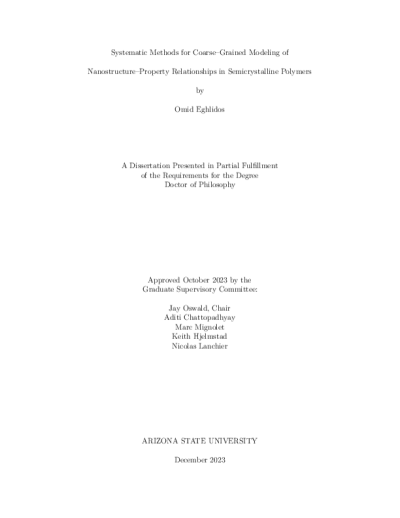Spatio-Temporal Methods for Analysis of Implications of Natural Hazard Risk

Description
As the impacts of climate change worsen in the coming decades, natural hazards are expected to increase in frequency and intensity, leading to increased loss and risk to human livelihood. The spatio-temporal statistical approaches developed and applied in this dissertation highlight the ways in which hazard data can be leveraged to understand loss trends, build forecasts, and study societal impacts of losses. Specifically, this work makes use of the Spatial Hazard Events and Losses Database which is an unparalleled source of loss data for the United States. The first portion of this dissertation develops accurate loss baselines that are crucial for mitigation planning, infrastructure investment, and risk communication. This is accomplished thorough a stationarity analysis of county level losses following a normalization procedure. A wide variety of studies employ loss data without addressing stationarity assumptions or the possibility for spurious regression. This work enables the statistically rigorous application of such loss time series to modeling applications. The second portion of this work develops a novel matrix variate dynamic factor model for spatio-temporal loss data stratified across multiple correlated hazards or perils. The developed model is employed to analyze and forecast losses from convective storms, which constitute some of the highest losses covered by insurers. Adopting factor-based approach, forecasts are achieved despite the complex and often unobserved underlying drivers of these losses. The developed methodology extends the literature on dynamic factor models to matrix variate time series. Specifically, a covariance structure is imposed that is well suited to spatio-temporal problems while significantly reducing model complexity. The model is fit via the EM algorithm and Kalman filter. The third and final part of this dissertation investigates the impact of compounding hazard events on state and regional migration in the United States. Any attempt to capture trends in climate related migration must account for the inherent uncertainties surrounding climate change, natural hazard occurrences, and socioeconomic factors. For this reason, I adopt a Bayesian modeling approach that enables the explicit estimation of the inherent uncertainty. This work can provide decision-makers with greater clarity regarding the extent of knowledge on climate trends.
Date Created
The date the item was original created (prior to any relationship with the ASU Digital Repositories.)
2023
Agent
- Author (aut): Boyle, Esther Sarai
- Thesis advisor (ths): Jevtic, Petar
- Thesis advisor (ths): Lanchier, Nicolas
- Committee member: Lan, Shiwei
- Committee member: Cheng, Dan
- Committee member: Fricks, John
- Committee member: Gall, Melanie
- Committee member: Cutter, Susan
- Committee member: McNicholas, Paul
- Publisher (pbl): Arizona State University








